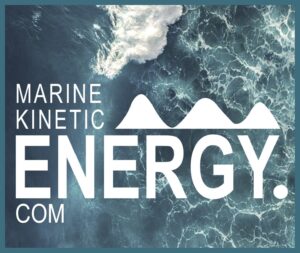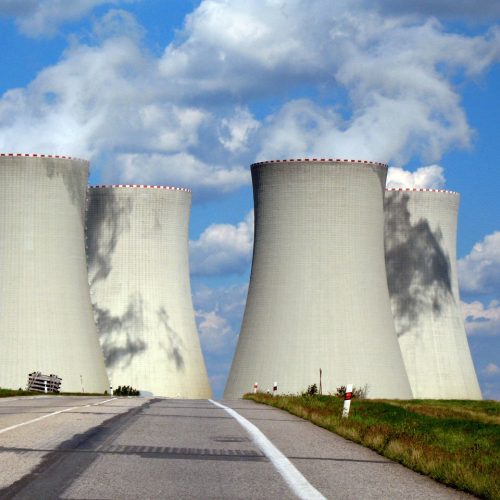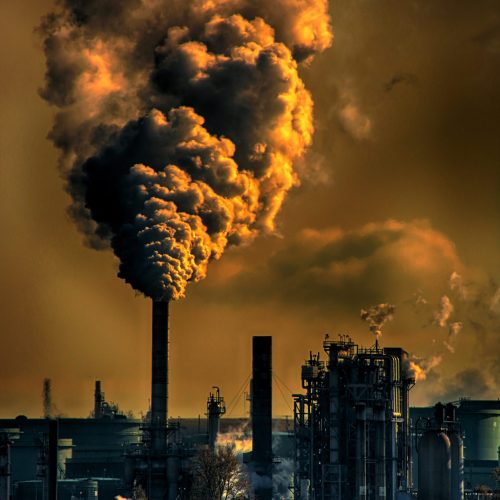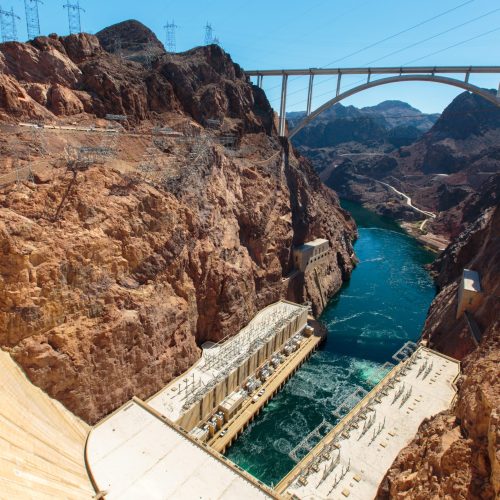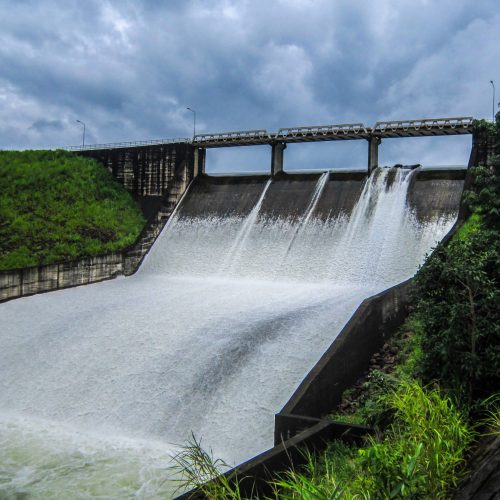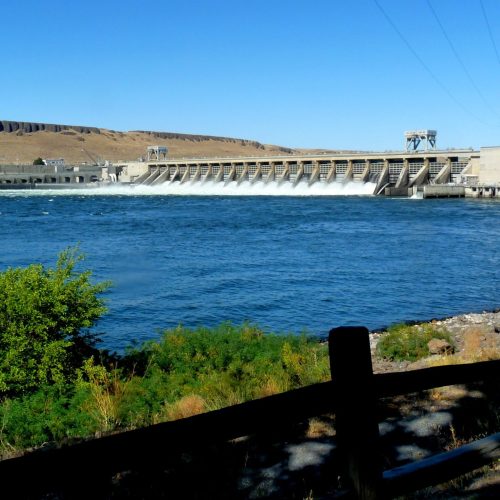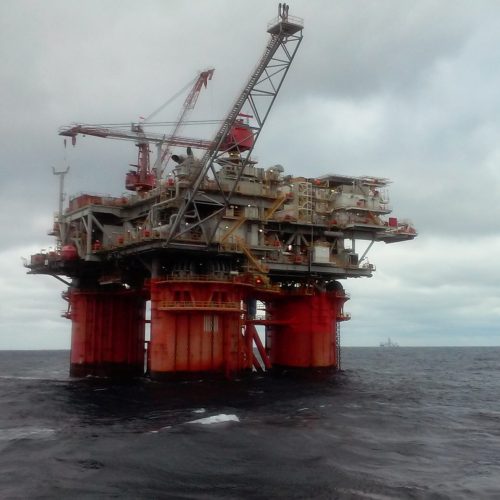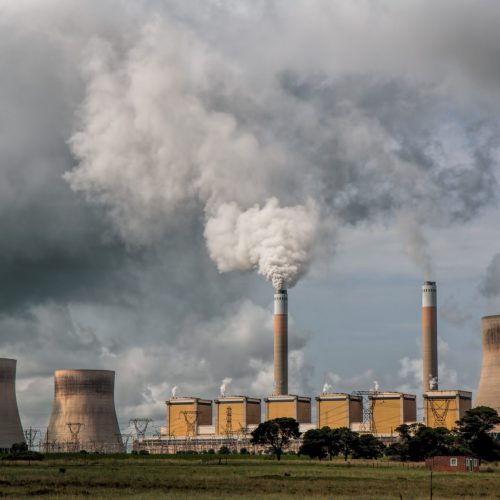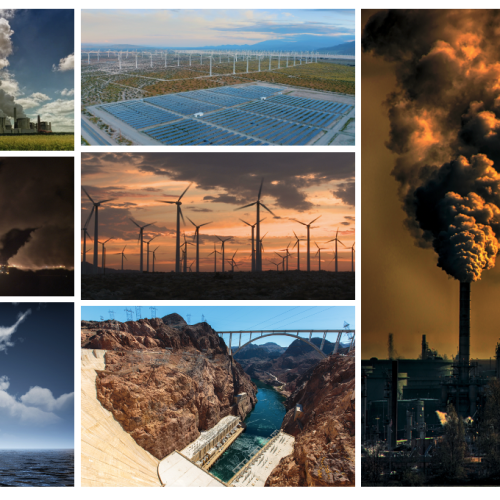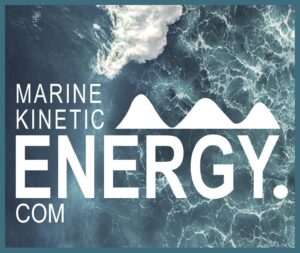Hydrokinetic energy is another type of renewable energy source and is generally the energy that drives the movement of bodies of water. Tides, waves, ocean currents, and free-flowing rivers contain vast amounts of largely untapped, powerful, and clean hydrokinetic energy. Natural bodies of water can store immense amounts of hydrokinetic energy over time due to the thermal energy of the sun’s heat and the mechanical energy exerted by the gravitational pull of the moon and the sun.
Traditional hydropower systems can sometimes be used to generate electricity efficiently (when needed). For example, a river can be dammed to accumulate the hydrokinetic energy of its flowing water by filling a reservoir behind the dam to convert it into potential energy. The stored water can then be released from the reservoir selectively (when needed) through a water turbine in a controllable manner (e.g., by controlling the rate of water flow through the water turbine) to generate an electrical signal having desired characteristics. However, hydropower dams may be less suitable or practical in some geographic locations (e.g., where there is no nearby river or the surrounding terrain is not ideal for damming a deep reservoir). Additionally, damming a river may sometimes result in other types of environmental harm, safety risks (e.g., flooding, etc.), or interfere with the use of the adjacent lands. Moreover, such traditional inland hydropower systems may not be suitable for harnessing even more massive amounts of hydrokinetic energy stored in other bodies of water, such as oceans and seas.
Marine kinetic Energy Power Plants provide significant advantages and capabilities over traditional Power Plants of the type discussed above. Marine kinetic Energy present technologies provide systems, methods, and apparatus that efficiently produce and store electrical power by harnessing hydrokinetic energy at high-pressure underwater environments.
Competition for MKE will come from a variety of sources, primarily including traditional power-generations methods, which will continue to comprise the largest percentage of power generation in the U.S. for the next several years. However, as noted above, renewables will account for an increasingly large percentage of the overall power-generation portfolio and account for the largest growth in the coming years. As such, the major companies in the electricity-generation industry will at once be competitors and potential stakeholder partners for MKE.
These and other “competitors” will look to MKE to deploy SEVs to their new renewable energy sources that can supplement existing hydro, other renewables and their fossil-fuel sources. MKE power plants have the following benefits:
- Lower cost to market
- Less time to market
- Portable to islands or remote places
- Lower environmental impact
- Aesthetic due to deployment at sea
